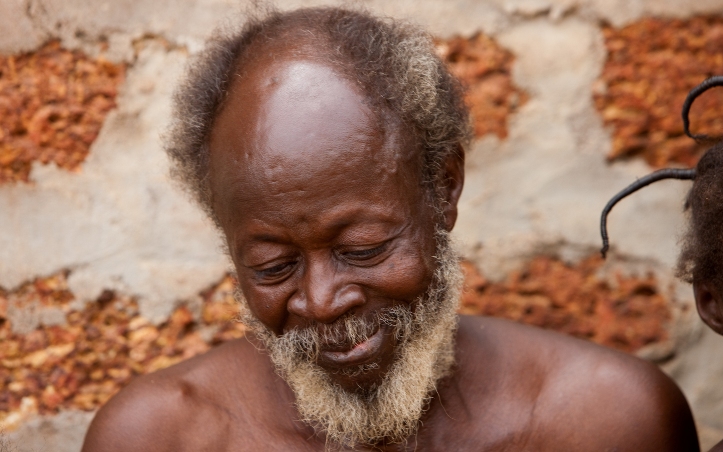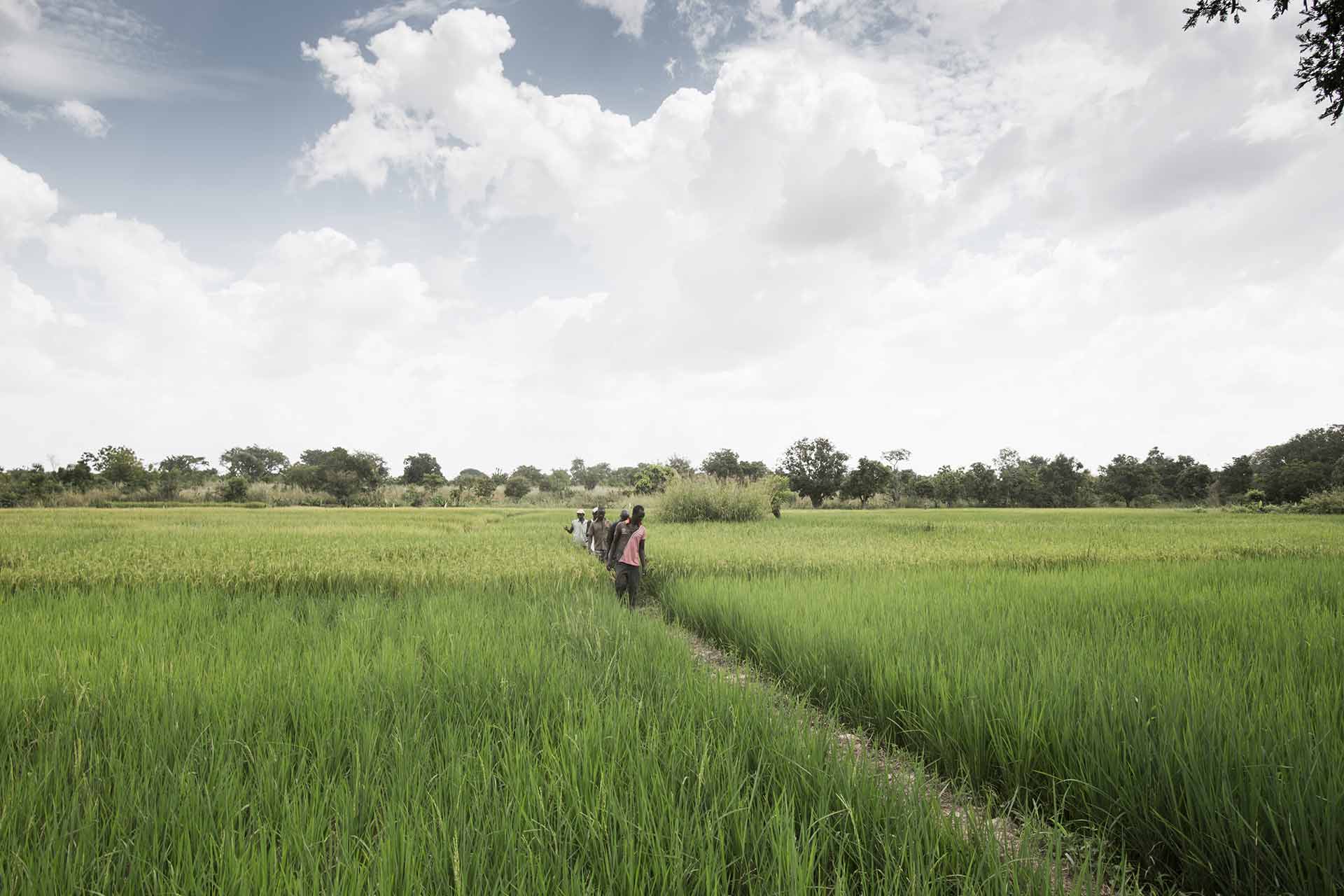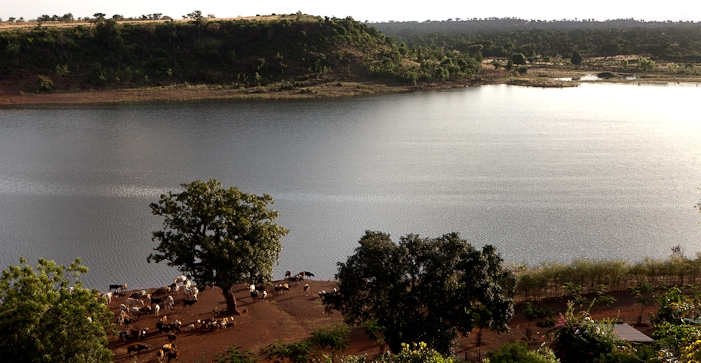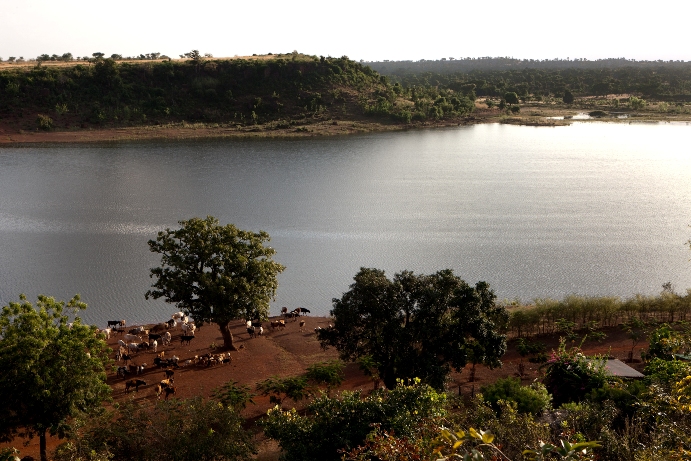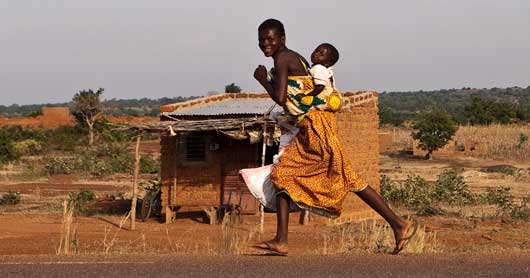
History
Settlement
Excavations at different locations in the country show that the first hunters and gatherers already settled in the area that is now Burkina Faso as early as between 12,000 and 5,000 BCE. The phase of the oldest habitation was characterised by autonomous village communities organised by several ethnic groups that still live there today. Thus as early as the end of the first millennium CE the Bobo, Dogon and Sénoufa, among others, lived on Burkinabé territory.
In the twelfth century CE a large migration began. First, the Mossi migrated from Ghana to this region, which was populated by a variety of ethnic groups. They founded the first principalities and kingdoms in the central and north-central portion of the country, which were characterised by a strict hierarchy and a highly developed administrative organisation as well as divine veneration of rulers.
Partially Islamised population groups such as the Fulbe and the Touareg continued the waves of migration and settled in the west. Between the eighteenth and nineteenth centuries additional groups from Ghana and Ivory Coast followed, arriving in the south-west of Burkina Faso. These included the Lobi and Dagara.
